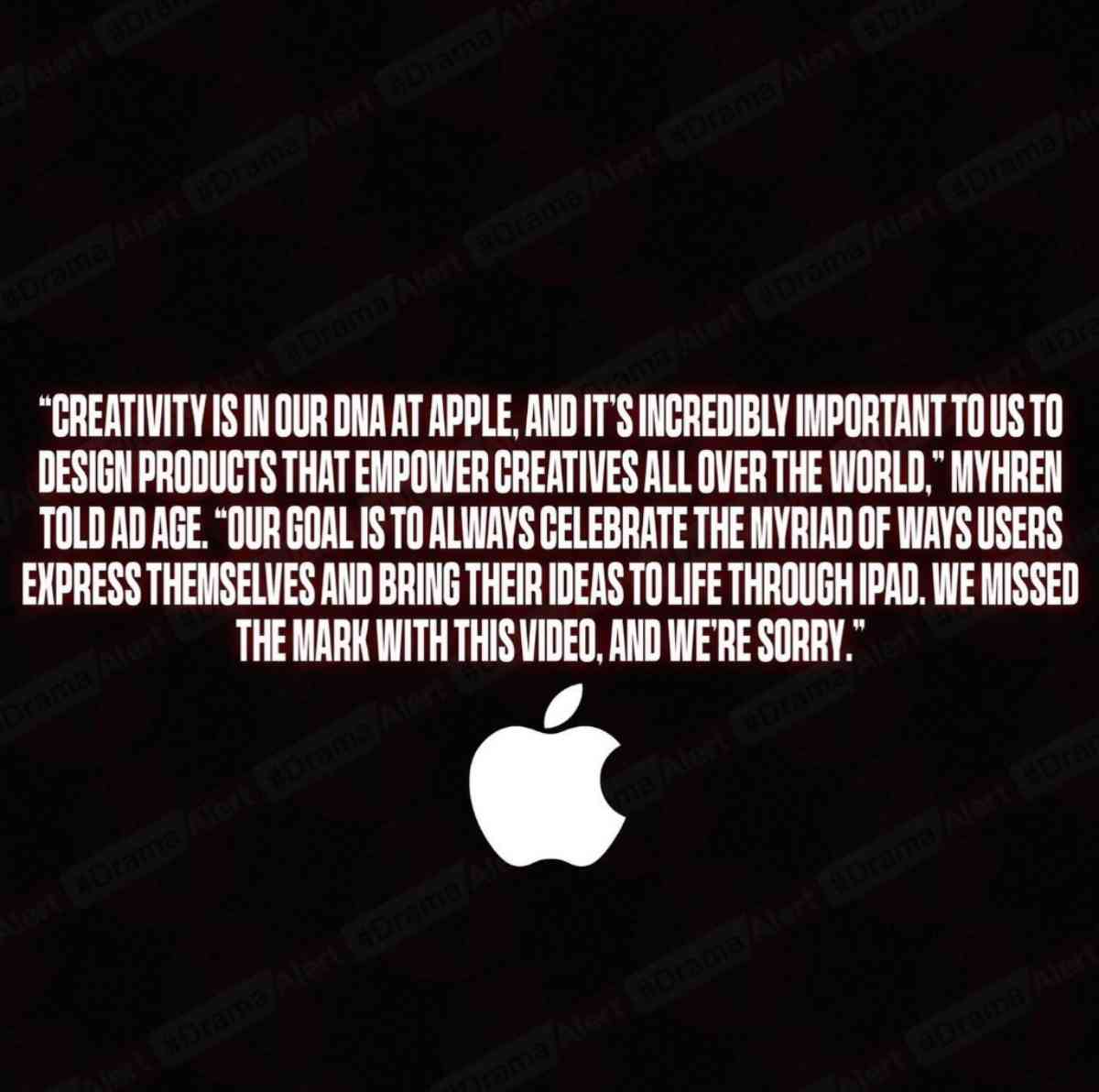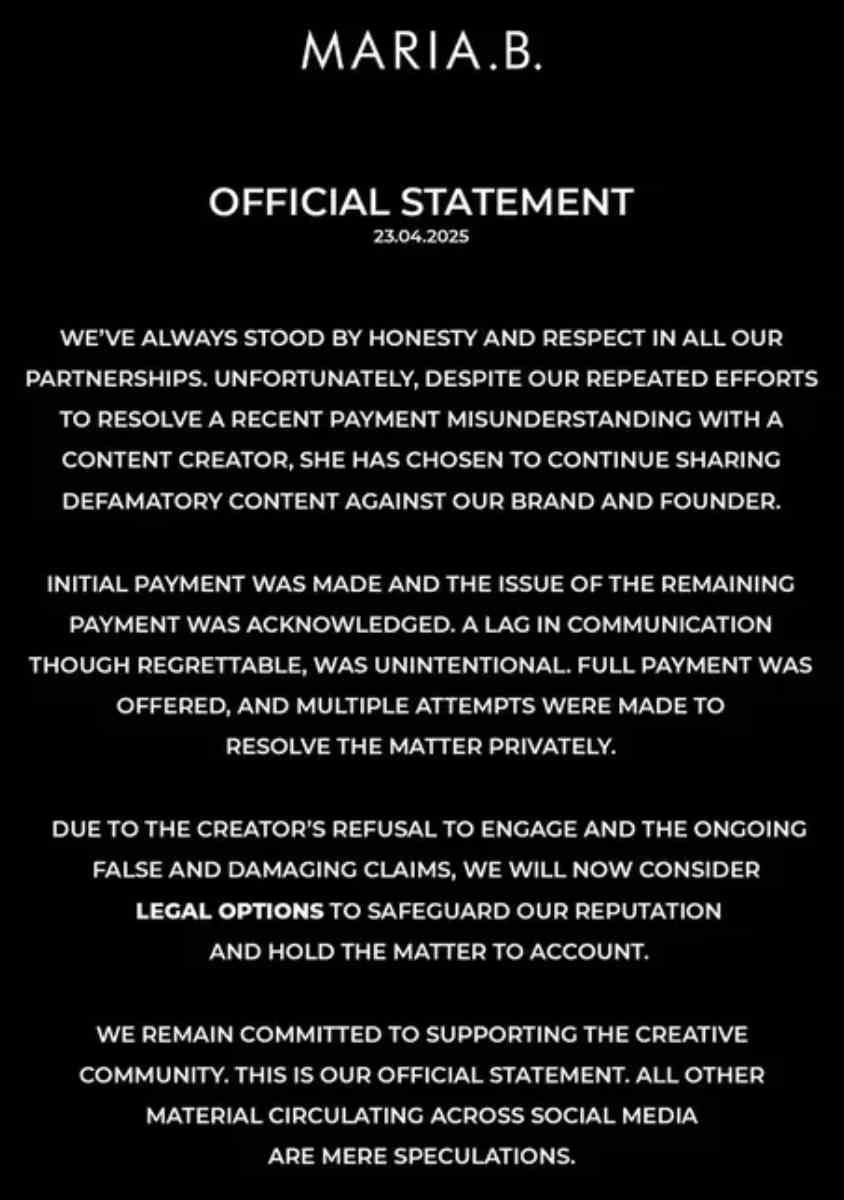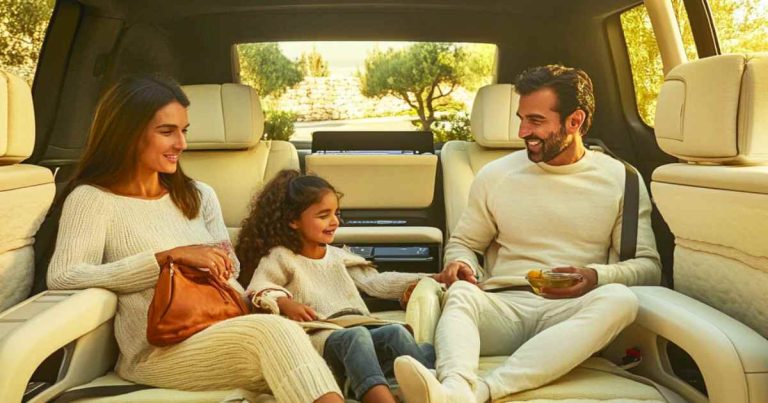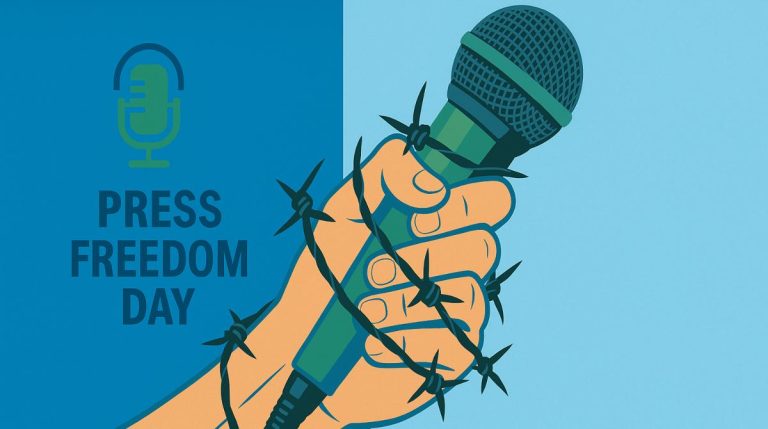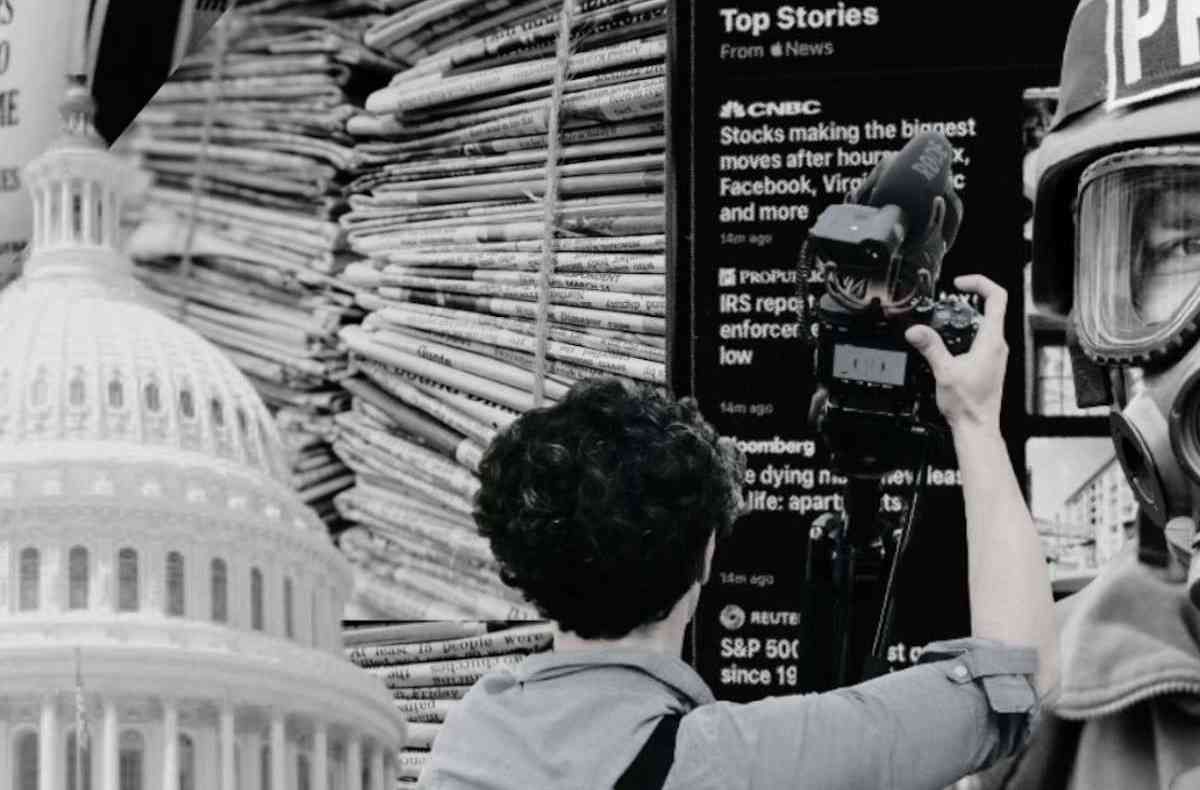He turned a love for food into a movement, a restaurant into a legacy, and a TikTok into a culinary empire. Adeel Chaudary is a storyteller who connects people through flavours, memories, and culture. From his grandmother’s kitchen to Forbes, his journey proves that food isn’t just about taste- it’s about history, emotion, and the connections we share.
Synergyzer: How did you become a food connoisseur? Where and when did this journey begin?
Adeel Chaudary: My journey as a food connoisseur began at my grandmother’s table. As a child, I was mesmerised by how she transformed simple ingredients into dishes that told stories of our family, heritage, and the land we came from. Every bite was a lesson in history, love, and tradition. That’s where my love for food was born. As I grew older, I realised food is a universal language that connects people. I began travelling not just to taste but to understand.
From the bustling street markets of Turkey to the Majalis in UAE, I immersed myself in the stories behind every dish. My social media journey began as therapy when I was going through depression, and my therapist advised me to do what I enjoy the most. Creating food stories and recipes worked like medicine. I wanted people to feel the emotions I felt when I tasted a perfectly spiced curry or a delicate pastry. It wasn’t just about the flavours; it was about the people, the cultures, and the memories tied to them. Food has the power to bring people together, to heal, and to inspire. Food is not just about taste; it’s about connection.
Synergyzer: Did you plan on becoming a content creator?
Adeel Chaudary: Life has a funny way of leading you down paths you never imagined. It all began with a simple love for food, cooking it, sharing it, and talking about it. One day, I decided to share a recipe online, thinking people who don’t live in Pakistan should also enjoy the taste of our restaurant’s menu. The response was overwhelming. People connected with my passion, and that’s when I realised I had stumbled onto something special. Becoming a content creator and food connoisseur happened organically.
I didn’t have a blueprint; I just followed my heart. I shared stories about what I loved, the cultures they came from, and the people who inspired me. As for becoming a restaurateur, that was a dream I didn’t even know I had until it became a reality. It was born out of a desire to create a space where people could experience the same joy and connection I felt through food. My restaurant isn’t just a place to eat, it’s a place to celebrate life, culture, and community. Looking back, I’m grateful I didn’t have a rigid plan. Instead, I allowed my passion to guide me, and that’s what made all the difference. Take the first step, and the rest unfolds in ways you could never predict.
Synergyzer: How much has social media helped you, and TikTok specifically, as you won TikTok Top Food Creator of the Year in 2023?
Adeel Chaudary: Social media has been a game-changer for me, and TikTok, in particular, has played a huge role in my journey. Winning the TikTok Top Food Creator of the Year award in 2023 was not just a personal milestone – it was a testament to the power of platforms like TikTok to amplify voices and create opportunities that might not have existed otherwise.
TikTok’s unique format allowed me to connect with audiences in a way that felt authentic and immediate. Whether it was sharing a quick recipe, showcasing the behind-the-scenes magic of my restaurant, or simply talking about my love for food, the platform gave me a space to be creative and relatable. The award itself brought incredible visibility, not just for me but for my restaurant and the stories I wanted to tell. It opened doors to collaborations, partnerships, and a global audience that I might not have reached through traditional means.
But beyond the numbers and the accolades, what I value most is the community TikTok helped me build. It’s a platform where people feel seen and heard, and winning that award felt like a shared victory with everyone who supported me along the way. That said, I’m also mindful of the fact that social media is just one piece of the puzzle.
While it’s been instrumental in my success, it’s the authenticity and passion behind the content that truly resonates with people. TikTok gave me a stage, but it’s the stories, the food, and the connections that keep people coming back. In many ways, TikTok has been a catalyst, but the real work and the real joy comes from what I do beyond the screen. Whether it’s creating a new dish, welcoming guests to my restaurant, or mentoring aspiring creators, social media has been a tool to amplify my purpose, not just define it.
Synergyzer: Is the Pakistani audience just addicted to drama, controversy, and clickbait?
Adeel Chaudary: It’s easy to assume Pakistani audiences only crave drama and clickbait, but that’s just one side of the story. While sensational content thrives, there’s also a growing demand for meaningful, high-quality narratives. I’ve seen people deeply engage with well-crafted recipe videos, heartfelt personal stories, and thoughtful cultural explorations. The challenge is balancing what’s popular with what’s valuable. As creators, our role isn’t to dismiss trends but to elevate the conversation—offering content that educates, inspires, and connects. When we trust our audience and create authentically, they respond. Good content doesn’t just attract viewers; it builds communities. And Pakistani audiences are hungry for it.
Synergyzer: What’s something brilliant you created that didn’t get the attention it deserved?
Adeel Chaudary: One project will always hold a special place in my heart, even if it didn’t get the attention I’d hoped for. A few years ago, I introduced fusion desserts—gulab jamun cheesecake, and kheer crème brûlée—a tribute to my heritage with a modern twist. I poured my heart into them, but they weren’t an instant hit. People were hesitant, and at times, it felt like my vision was ahead of its time. It was disheartening, but then a customer told me the gulab jamun cheesecake tasted like childhood, reimagined. That’s when I realised impact isn’t always measured in popularity. Not every idea will be understood right away, but I’ll keep creating—not for the applause, but for the joy of sharing something meaningful, one plate at a time.
Synergyzer: If every piece of content you ever made got wiped from existence, what’s the one thing you’d want to be remembered for, beyond just the numbers and the fame?
Adeel Chaudary: I’d want to be remembered for one thing: the connections I’ve built. Beyond the recipes, the videos, and the restaurant, what truly matters to me are the moments when my work has touched someone’s life. For me, food has always been about more than just taste; it’s about emotion, memory, and connection. If I’m remembered for anything, I hope it’s for creating spaces, whether through a screen or a dining table, where people felt seen, heard, and valued. Numbers and fame fade, but the impact you have on someone’s heart that lasts forever. And if my work has made even one person feel a little less alone, a little more inspired, or a little more connected to their roots, then I’ll consider my life’s work a success.
Synergyzer: Is content creation in Pakistan a viable industry? Or is it still just a stepping stone to more ‘legitimate’ careers in TV and film?
Adeel Chaudary: Pakistan’s digital content industry is at a turning point. It’s booming; creators are breaking barriers and building global audiences. Yet, long-term career security remains a challenge, with shifting algorithms and little structured support. But dismissing digital creation as a mere stepping stone to TV or film underestimates its power. These platforms offer something revolutionary: freedom—freedom to tell stories, experiment, and grow without gatekeepers. For the industry to thrive, we need better infrastructure, from monetisation to creator-friendly policies, and a shift in mindset. Digital content isn’t lesser; it’s where some of today’s most innovative storytelling happens.
Synergyzer: Do you ever feel the pressure to stay relevant online? Should brands keep their digital presence separate from personal branding?
Adeel Chaudary: The pressure to stay relevant online is something every creator feels. Algorithms change, trends come and go, and the fear of being forgotten is real. But I’ve learnt that relevance isn’t about chasing every trend; it’s about staying true to your voice and your purpose. For me, that means focusing on creating content that resonates deeply, even if it doesn’t always go viral. As for whether business leaders in Pakistan must also be content creators, I think it’s a balancing act.
On one hand, having a strong digital presence can humanise a brand and build trust with audiences. People want to connect with the faces behind the businesses they support, and this is one powerful way to do that. On the other hand, not every brand needs to be a content creator. What’s more important is understanding the value of digital storytelling and knowing how to leverage it effectively. For me, blending my brand with my business has been a natural fit. My passion for food and storytelling is at the heart of everything I do, whether it’s creating content or running
my restaurant. But I also recognise that this approach isn’t for everyone. At the end of the day, the most important thing is to stay authentic.
Synergyzer: Do you think being a public figure helps drive business success, or do some restaurateurs risk overshadowing their brands?
Adeel Chaudary: Being a public figure and growing a food business has been a fascinating journey, and it’s taught me about the delicate balance between personal and business. On one hand, having a strong personal brand can be a tremendous asset. It humanises your business, builds trust with your audience, and creates a connection that goes beyond just the product or service you’re offering. But there’s also a risk of overshadowing your own brand.
If the focus becomes too much about the individual, it can detract from the business itself. A restaurant, for example, is more than just its owner; it’s about the team, the food, the ambience, and the experience. If the personal brand overshadows these elements, it can create an imbalance. My social media presence, for instance, isn’t just about me; it’s about celebrating the food, the culture, and the people who make my restaurant what it is. I see my role as a bridge, connecting my audience to the heart and soul of the business. But it’s important to remember that the venture itself should always be the star. The personal brand is there to support it, not steal the spotlight.
Synergyzer: Restaurants now allocate major budgets to influencer collaborations, but do they always deliver real business impact?
Adeel Chaudary: Influencer collaborations are a powerful marketing tool for restaurants—when done right. Success isn’t just about follower count but alignment. Does the influencer’s audience, values, and style match my brand? I’ve found that micro-influencers often drive deeper engagement because their followers trust them. Quality over quantity matters, so I’m selective, ensuring partnerships feel authentic. Transparency is key; I always communicate why a collaboration aligns with my values while keeping my restaurant the priority. Ultimately, every partnership should create real value—whether through the food we serve or the stories we share.
Synergyzer: Being featured in Forbes 30 Under 30 is a huge achievement. But beyond the prestige, does global recognition create more opportunities for you?
Adeel Chaudary: Being featured in Forbes was undoubtedly a milestone in my career, and it’s something I’ll always cherish. Global recognition has brought incredible opportunities, from collaborations with international brands to invitations to speak at global forums about food, culture, and entrepreneurship. It’s given me a platform to showcase Pakistani cuisine and creativity on a larger stage, something I’m deeply passionate about. But perhaps the most valuable aspect of this recognition is the validation it provides not just for me, but for the entire ecosystem of creators and entrepreneurs in Pakistan.
It sends a powerful message that our stories matter, our voices deserve to be heard, and our work has the potential to resonate globally. Recognition is not an end goal, it’s a responsibility. It pushes me to keep raising the bar, to keep creating work that’s meaningful and impactful. Whether it’s through my restaurant or my content, my focus remains on making a difference. One plate, one story, one connection at a time. So, while global recognition has certainly created more opportunities, it’s also reminded me of why I began this journey: to celebrate the beauty of food, culture, community and to inspire others to do the same.
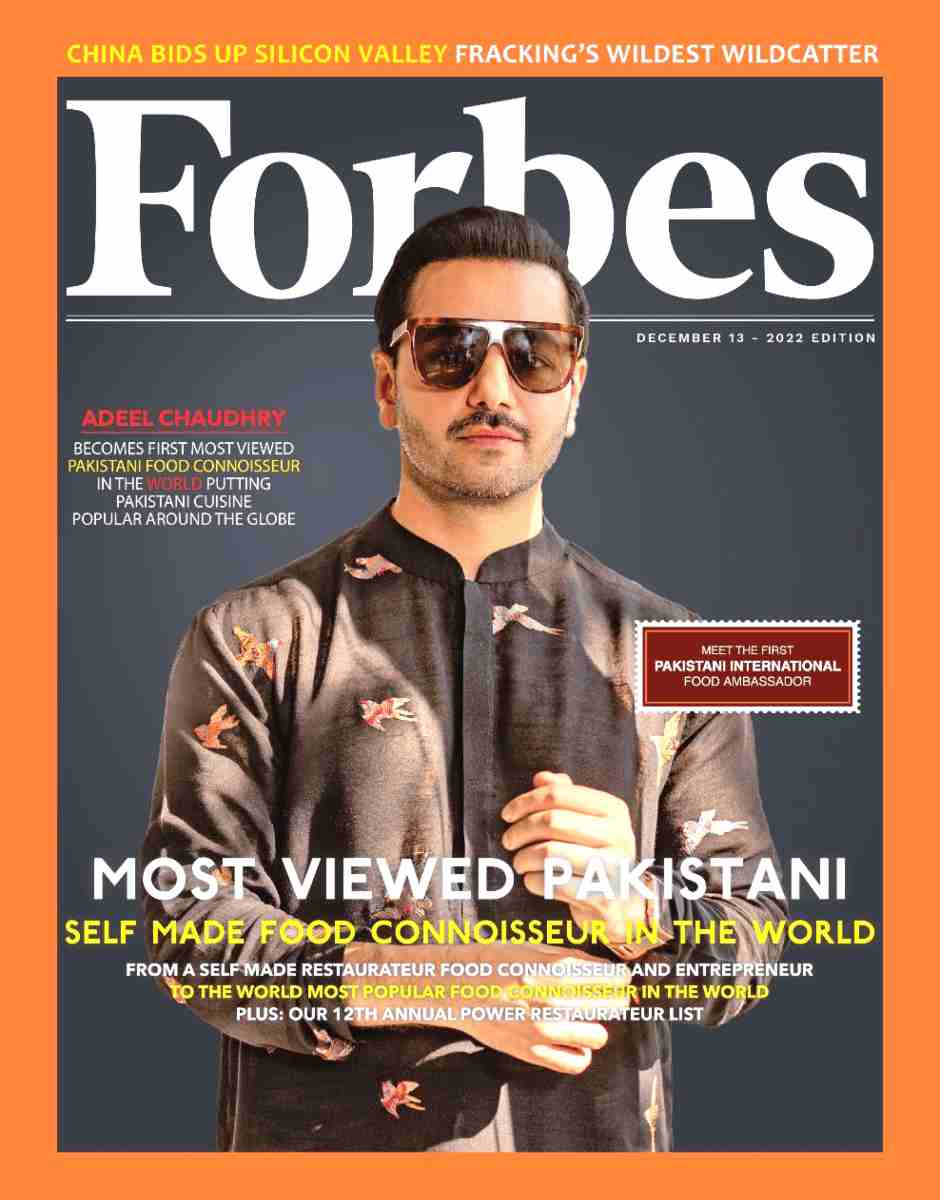
Synergyzer: What’s one major setback or failure you’ve faced in your career?
Adeel Chaudary: One of the biggest challenges I faced was navigating COVID-19’s impact on my restaurant. Overnight, we went from a bustling space to empty tables and uncertainty. To survive, I had to make tough decisions, including scaling down and letting go of team members who felt like family—a heartbreaking but necessary choice. Rebuilding was slow, especially when it came to finding skilled, reliable staff. But each setback taught me resilience, adaptability, and the power of leading with empathy. Today, while challenges remain, I’m more determined than ever to build something meaningful for my team and community.




